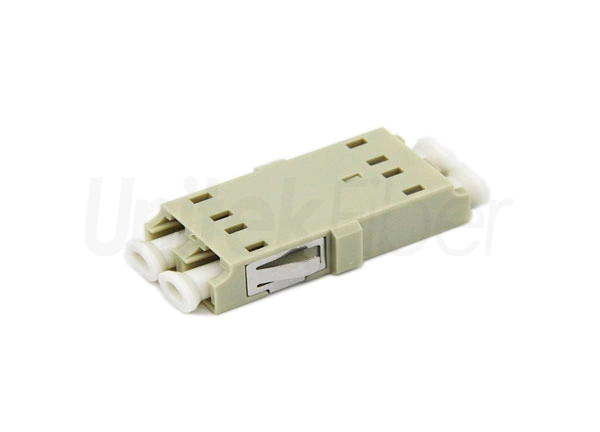
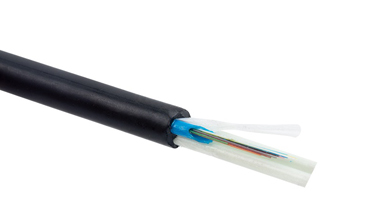 The vital rules safety of ADSS fiber optic cable installations
The installation of ADSS (All-Dielectric Self-Supporting) fiber optic cable requires strict adherence to safety guidelines to ensure the successful deployment of reliable communication networks while ...
More+
The vital rules safety of ADSS fiber optic cable installations
The installation of ADSS (All-Dielectric Self-Supporting) fiber optic cable requires strict adherence to safety guidelines to ensure the successful deployment of reliable communication networks while ...
More+
 What is the span length of ADSS cable?
ADSS fiber optic cable are widely used in the telecommunication industry for aerial fiber optic installations. One of the crucial aspects to consider when deploying ADSS cable is their span length. Th...
More+
What is the span length of ADSS cable?
ADSS fiber optic cable are widely used in the telecommunication industry for aerial fiber optic installations. One of the crucial aspects to consider when deploying ADSS cable is their span length. Th...
More+
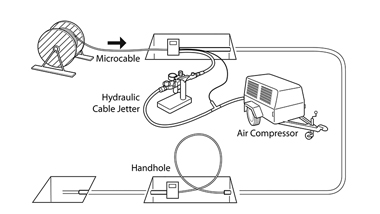 How does air blown fiber optic cable ensure maximum flexibility in network installations?
IntroductionWhen it comes to network installations, flexibility is a key consideration. The ability to adapt quickly to changing requirements and navigate complex environments is crucial for efficient...
More+
How does air blown fiber optic cable ensure maximum flexibility in network installations?
IntroductionWhen it comes to network installations, flexibility is a key consideration. The ability to adapt quickly to changing requirements and navigate complex environments is crucial for efficient...
More+
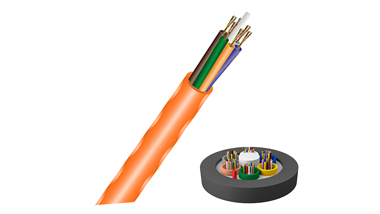 How fast is air blown fiber cable?
IntroductionIn today's digital age, speed and reliability are paramount when it comes to data communication. Traditional optical cable installations may not always meet the demands of modern high-...
More+
How fast is air blown fiber cable?
IntroductionIn today's digital age, speed and reliability are paramount when it comes to data communication. Traditional optical cable installations may not always meet the demands of modern high-...
More+
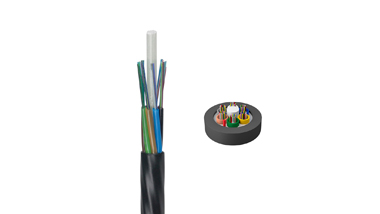 What are the benefits and applications of air blown fiber optic cable?
IntroductionIn today's rapidly evolving digital landscape, the need for high-speed, reliable, and scalable network connectivity is paramount. This is where air blown fiber optic cable (ABF) emerge...
More+
What are the benefits and applications of air blown fiber optic cable?
IntroductionIn today's rapidly evolving digital landscape, the need for high-speed, reliable, and scalable network connectivity is paramount. This is where air blown fiber optic cable (ABF) emerge...
More+
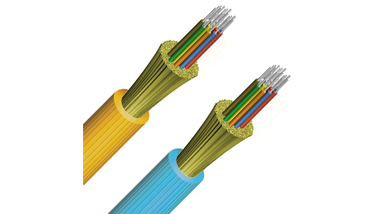 What is Air Blown Fiber Optic cable?
IntroductionIn an increasingly connected world, the demand for high-speed and reliable data transmission is ever-growing. Fiber optic cable have emerged as the backbone of modern telecommunications ne...
More+
What is Air Blown Fiber Optic cable?
IntroductionIn an increasingly connected world, the demand for high-speed and reliable data transmission is ever-growing. Fiber optic cable have emerged as the backbone of modern telecommunications ne...
More+
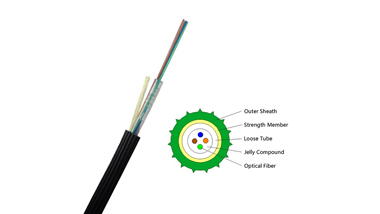 What makes air blown fiber optic cable space-saving in cabling?
IntroductionWith the ever-increasing demand for high-speed and reliable network connectivity, efficient cabling solutions are crucial. Traditional cable installations may not always meet the requireme...
More+
What makes air blown fiber optic cable space-saving in cabling?
IntroductionWith the ever-increasing demand for high-speed and reliable network connectivity, efficient cabling solutions are crucial. Traditional cable installations may not always meet the requireme...
More+
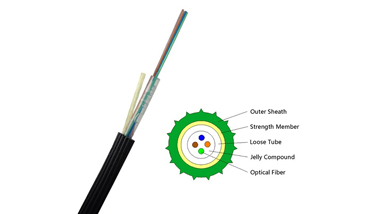 GYFTY vs GYFTY53 Which Is More Suitable For Duct?
As technology continues to advance, the demand for high-speed internet connections and reliable communication networks has skyrocketed. Fiber optic cable have proven to be the backbone of these networ...
More+
GYFTY vs GYFTY53 Which Is More Suitable For Duct?
As technology continues to advance, the demand for high-speed internet connections and reliable communication networks has skyrocketed. Fiber optic cable have proven to be the backbone of these networ...
More+
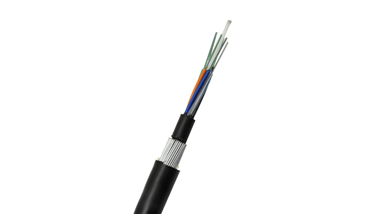 What are the advantages and disadvantages of fiber optic cable in duct application?
The installation of fiber optic cable in ducts is a common practice in various industries, including telecommunications, data centers, and commercial buildings. This method offers several benefits, su...
More+
What are the advantages and disadvantages of fiber optic cable in duct application?
The installation of fiber optic cable in ducts is a common practice in various industries, including telecommunications, data centers, and commercial buildings. This method offers several benefits, su...
More+
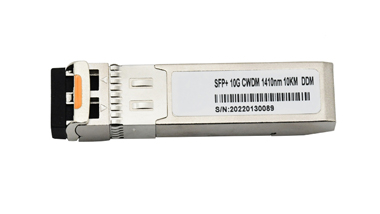 How to identify and select different SFP optical transceiver modules?
IntroductionIn the modern era of advanced communication technologies, optical transceiver modules play a vital role in enabling high-speed data transmission, efficient network connectivity, and seamle...
More+
How to identify and select different SFP optical transceiver modules?
IntroductionIn the modern era of advanced communication technologies, optical transceiver modules play a vital role in enabling high-speed data transmission, efficient network connectivity, and seamle...
More+
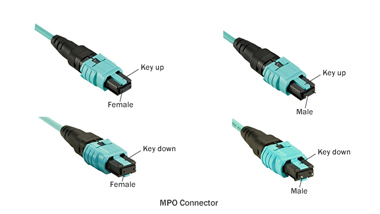 Something you need to know about MPO/MTP fiber connectors
IntroductionUnitekFiber as a professional manufacturer in the industry, offers high quality MTP/MPO patch cord specially designed to meet the increasing demand for high-speed and large-capacity optica...
More+
Something you need to know about MPO/MTP fiber connectors
IntroductionUnitekFiber as a professional manufacturer in the industry, offers high quality MTP/MPO patch cord specially designed to meet the increasing demand for high-speed and large-capacity optica...
More+
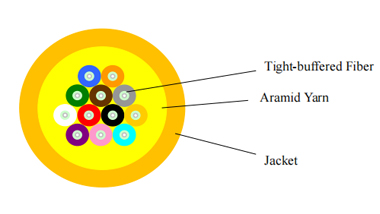 What Is The Difference Between Tight Buffered Breakout Cable And Distribution Cable?
IntroductionWe UnitekFiber as a professional manufacturer can supply tight-buffered fiber optic cables that optimal for indoor applications. With the design of Kevlar layer, they are also used for out...
More+
What Is The Difference Between Tight Buffered Breakout Cable And Distribution Cable?
IntroductionWe UnitekFiber as a professional manufacturer can supply tight-buffered fiber optic cables that optimal for indoor applications. With the design of Kevlar layer, they are also used for out...
More+
 Factors to Consider When to Choose DAC Cable Over AOC Cable
In today's fast-paced world, the demand for high-speed and reliable data transmission has never been more critical. As a result, businesses and organizations are constantly seeking the most effici...
More+
Factors to Consider When to Choose DAC Cable Over AOC Cable
In today's fast-paced world, the demand for high-speed and reliable data transmission has never been more critical. As a result, businesses and organizations are constantly seeking the most effici...
More+
 Fiber Optic Fast Connector: Mechanical Splicing VS Fusion Splicing
The fiber optic fast connector, also known as the fiber optic quick connector or field-assembled fiber active connector, serves as a reusable and detachable passive optical device. Its primary purpose...
More+
Fiber Optic Fast Connector: Mechanical Splicing VS Fusion Splicing
The fiber optic fast connector, also known as the fiber optic quick connector or field-assembled fiber active connector, serves as a reusable and detachable passive optical device. Its primary purpose...
More+
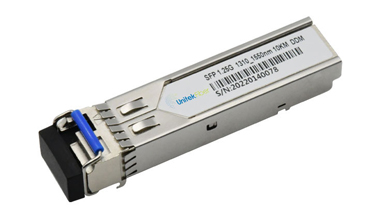 What Are the Differences Between Grey Transceiver and Color Transceiver
Optical transceiver modules play a crucial role in modern data communication networks, enabling the transmission of data between devices. When considering optical transceiver module for fiber optic ne...
More+
What Are the Differences Between Grey Transceiver and Color Transceiver
Optical transceiver modules play a crucial role in modern data communication networks, enabling the transmission of data between devices. When considering optical transceiver module for fiber optic ne...
More+


